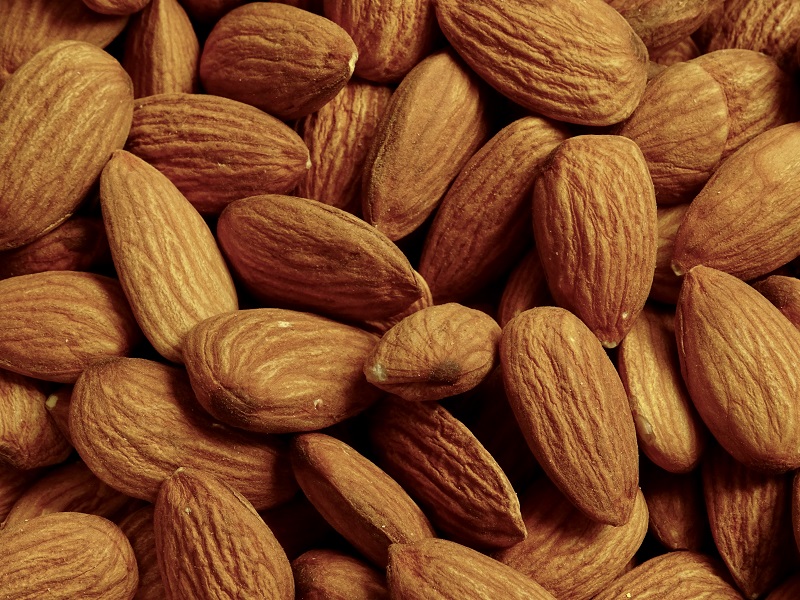What Top-Level Food Safety Looks Like at a Vegetable Farm
Food-borne pathogens may be microscopic, but they have an outsized impact on how U.S. growers produce and handle crops. Take the 2006 E. coli outbreak in spinach. It led to the founding of the Leafy Greens Marketing Agreement (LGMA), which sets high standards for protocols to keep crops pathogen free. After the 2018 E. coli outbreak in romaine, already high standards soared to the stratosphere. Growers want to nourish Americans, not sicken them.
JV Smith Companies, based in Yuma, AZ, is renowned in the leafy vegetables industry for its immaculate protocols. Matt McGuire, Chief Agricultural Officer, and Fatima Corona, Food Safety Director, at JV Farms are responsible for keeping the large winter crop farm as clean as they possibly can.
Treating Water
While treating irrigation water in greenhouse operations is common, it’s still fairly new to open field production. It’s a matter of scale. The number of acres involved with a Yuma or Salinas Valley ranch — often north of 10,000 acres — makes that challenging.
JV Smith treats all water destined for crops irrigated with overhead sprinklers throughout the growing process. Because treating irrigation water is so new to open field, Corona and McGuire had a lot of testing to do. They needed something that treated the irrigation water but didn’t affect the soil or product, was safe for workers to use, and was cost effective.
“It’s been just a challenge for us, because there was really nothing set up for agricultural water use,” Corona says. “In a processing facility you’re working with potable water in an enclosed environment.”
With canal or well water, sediment is an issue, for example. And the sheer volume of water used during the irrigations is difficult.
“It’s not that it can’t be done. It’s just very, very energy intensive,” McGuire says.
The first option Corona’s team tried was chlorine, which is the most common treatment used.
It comes in different formulations. Some people use chlorine dioxide, but the team rejected that option.
“The dangerousness of the gas and how it can spread and kill people instantaneously … we didn’t like that,” McGuire says.
So they went with a powdered version, sodium hypochlorite. There’s a calcium hypochlorite, but it’s
cost prohibitive.
While they can raise the water quality up to shed standards, they faced some issues.
“It was hard to dissolve. It was being severely affected by both the pH and the suspended sediment,” McGuire says. “We had to have someone sit there all the time, monitoring the levels.”
Next up was peroxyacetic acid. It was easier to use, but it’s a dangerous compound in concentrated form.
With the right protocols, it could have been an option. But it destroyed the soil.
“We noticed we couldn’t grow a secondary crop,” McGuire says. “We had some romaine fields that were split — half with treated water and half the field with no treatment. On the half we treated, the secondary crop wouldn’t grow.”
JV Smith ultimately landed on using ultraviolet (UV) light system developed by Ag Partners Southwest. They worked with the University of Arizona to test the product first.
“Yeah, we have to burn fuel for the generator and cart it out to the field, but it’s nontoxic for soil health and easy to use. It’s not affected by sediment or pH. It worked great,” McGuire says.
All along the way, McGuire and Corona worked with other growers, reviewed research, and tested the different methods on their fields to find the right solution for themselves.
Preventing Wildlife Intrusions
Wide open fields and wildlife go hand in hand. Due to contaminants they can bring, a grower’s monumental task is to prevent that intrusion.
“It’s very hard to find deterrents that we can use out in the fields,” Corona says.
JV Smith uses several different methods to repel wildlife, including investing in fencing on ranches where there is potential wildlife activity around it.
Birds are a big issue. In locations where big birds are a factor, lasers work well. But in Arizona, small birds are a bigger factor, McGuire says. The team finds natural chemical deterrents work best.
The operation tried bird bombs and shotguns in the past. But that can lead to foreign objects like cartridges in baby leaf salads. If you shoot away from the field, Corona says, you’re either shooting into someone else’s field or the birds don’t care.
Keeping foreign material out of the field doesn’t always link to guarding against pathogens.
“It could be pieces of gloves, bottles, papers, etc.,” Corona says. “So we spend an awful lot of time on employee training.”
Employee Training
Field workers are a front-line defense for spotting problems in the field. But it takes consistent training to make the most of their observations.
“We spend a lot of time on employee incentives to turn in food safety problems such as foreign objects in the fields, signs of animal intrusion, down fences, gates left open,” Corona says.
It takes a lot of communication, she says, so they’re aware they can notify them whenever they think there’s been an animal intrusion. And sometimes consequences for not following through on safety procedures.
“We spent a lot of money on fencing,” Corona says. “We started giving written warning to employees who would not close the gates.”
The efforts are paying off.
“It’s nice, because employees will actually send me a text message when there is a food safety problem, ‘Hey, there’s a dog in this field,’” Corona says.
At a Glance: JV Smith Companies
Founded: 1977
Owners: Vic Smith and family
Approximate size: 32,000 vegetable acres, 39,000 total organic and conventional
Organic and Conventional Crops grown: Broccoli, broccolini, Brussels sprouts, cauliflower, kale, spinach, baby leaf lettuces, artisan lettuces, iceberg lettuce, romaine, green leaf lettuce, carrots, beets, green onions
Locations: Yuma County, AZ; Imperial County, CA, Monterey County, CA; San Luis Valley, CO
Customers: Shippers, processors, and distributors









